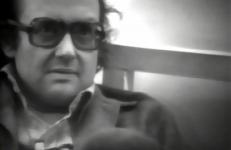
The ninety interviews produced by Lyn Blumenthal and Kate Horsfield between 1974 and 1988 exhibit a level of intimacy and authenticity that is startling when contrasted to today’s media savvy world. These interviews, recorded on early video equipment, evidence an era when those under the spotlight were less conscious of projecting a perfect and mediated “image”, and more interested in sharing ideas, experiences and histories. Within these early tapes, Blumenthal and Horsfield’s interviewees thoughtfully answer questions about their lives and work in ways that are both surprising and enlightening, while detailing the artistic choices they make on a day-to-day basis.
These compelling interviews, often shot in black and white, reveal the development of each artist’s trajectory, from first deciding to become an artist, to developing a practice and establishing a career. Many of the interviews are taped with artists at a fairly early stage in their artistic development; some artists are re-interviewed after a period of several years, accentuating developments in ideas and methodologies. The productions are small in size, often recorded with only the artist, camera operator and interviewer present, allowing for the development of a remarkably intimate atmosphere, and revealing profound insights into the lives and work of the subjects.
Averaging an hour in length, the interviews are edited from the original footage in order to distil the content to the most important and relevant dialogue. The camera focuses close-up on the artist, with the interviewer out-of-frame, though their voices can be heard asking questions and seeking clarifications, and occasional cigarette smoke floats across the screen. This stripped down format ensures that the viewers’ attention is focused on the interviewee, and the dense and often complex descriptions of the creative process that each artist reveals.
The series ended with Lyn Blumenthal’s untimely death in 1988.
Best known for her carved wooden heads wrapped in black leather affixed with zippers, glass eyes, enamel noses, spikes and straps, Nancy Grossman (b.1940) is accomplished in draftsmanship, assemblage, and relief sculpture as well as carvings. After growing up on a farm in upstate New York, Grossman went to Pratt, where Richard Lindner’s emphasis on the figure and in the integrity of his personal syntax became an influence.
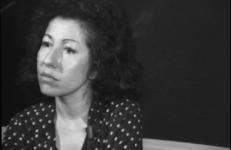
Conceptual artist Hans Haacke’s two most notorious works took unsavory Manhattan real-estate dealing as their subject, which triggered the cancellation of his exhibition Real Time Social System at the Guggenheim Museum in 1971. With the conscientiousness of an investigative reporter, Haacke continues to scrutinize the rough edges between art and life.
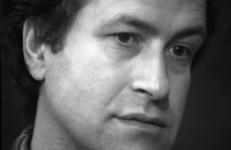
Among the leading pioneers of the eco-art movement, the collaborative team of Newton and Helen Mayer Harrison (often referred to simply as “the Harrisons”) have worked for almost forty years with biologists, ecologists, architects, urban planners and other artists to initiate collaborative dialogues to uncover ideas and solutions which support biodiversity and community development.

Robert Heineken (1931-2006) used technically sophisticated photographic methods to mingle erotic images with visuals from TV and advertising. The American artist was known for appropriating and re-processing images from magazines, product packaging or television. In the "Are You Real" series from 1964 to 1968, he created a portfolio of images filled with unexpected and sometimes surreal juxtapositions by placing a single magazine page on a light table, so that the resulting contact print picks up imagery from both sides of the page.
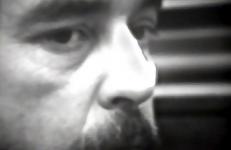
Douglas Hollis (b.1948) was born in Ann Arbor, Michigan and continued to live there throughout the years of his college education at the University of Michigan. From an early age he had a deep interest in Native American culture. His experiences traveling in Oklahoma to live with Indian families has strongly influenced his life and his art ever since. Hollis began working with natural phenomena and responsive environment structures in the later part of the 1960's. At that time he completed several projects with musicians, dancers, film makers, engineers, and physicists.
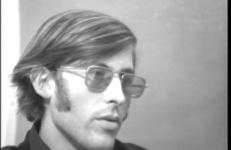
Robert Irwin (b. 1928, Long Beach, California) followed in the Abstract Expressionist tradition until he shifted his focus onto installation projects that play upon site-specific uses of light. Since the 1980s, he has created large-scale public space designs that use natural light, plants, and garden architecture.
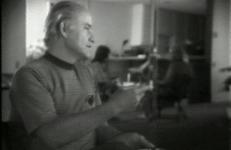
Miyoko Ito was known as an “abstract surrealist.” Her paintings are landscape-based abstractions of very intense subtleties of structure and color. Ito was born to Japanese parents in Berkeley, CA in 1918. She studied art at the University of California at Berkeley for a short time until she was imprisoned in a Japanese-American camp after the bombing of Pearl Harbor. Ito continued her education in prison, after which she attended Smith College. She was then given a scholarship to attend the School of the Art Institute of Chicago. It was in Chicago that Ito's career as an artist flourished, where she explored cubism and latent abstraction in her works. Ito remained in Chicago until her death in 1983.
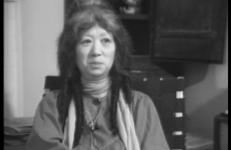
Yvonne Jacquette (b.1934)is an American painter and printmaker known in particular for her depictions of aerial landscapes, especially her low-altitude and oblique aerial views of cities or towns, often painted using a distinctive, pointillistic technique. In addition to her paintings, Jacquette frequently collaborated with her late husband, the photographer and filmmaker Rudy Burckhardt, who was also known for his depictions of the urban environment.
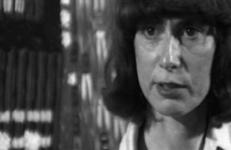
Estelle Jussim (1928-2004) was regarded as one of the most influential voices in photography and media. An art historian and a communications theorist, Jussim wrote extensively about photographers, movements, and institutions, incorporating postmodern, deconstructionist, and feminist viewpoints in her many writings without being hemmed in by any one critical ideology. Jussim was the award-winning author of Slave to Beauty and the pioneering Visual Communication and the Graphic Arts, which charted new ground in the investigation of the meaning of images.
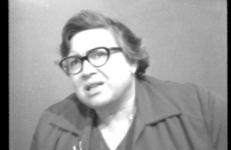
In 1958, Allan Kaprow (1927-2006) published an article on Abstract Expressionism entitled The Legacy of Jackson Pollock in which he suggested the separation of the art-making activity from the art itself. Kaprow’s concept was most famously realized through Happenings, during which the traditional role of artist-creator was replaced by what he called “the social occasion.” In these events, divisions between artist and audience—and between the artwork and the perception of it—were dissolved.
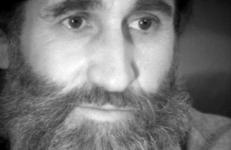
American figurative artist Alex Katz (b.1927) has produced a remarkable and impressive body of work but is best known for his large-scale, flat, yet realistic portraits of friends and family notable for their relaxed attitudes and uncomplicated bearing. In the early 1960s, influenced by films, television, and billboard advertising, Katz began painting large-scale paintings, often with dramatically cropped faces.Utilizing characteristically wide brushstrokes, large swathes of color, and refined compositions, Katz created what art historian Robert Storr called "a new and distinctive type
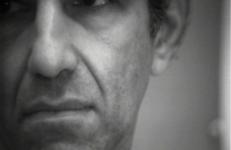
Lee Krasner (1908-1984) was born in New York and attended Cooper Union, the National Academy of Design, and the Hofmann School to study painting. Married to Jackson Pollack, Krasner's own practice was largely overlooked by the art world during her lifetime. She is one of the few women to play a major part in the transition from Modernist painting of the 1930s to the eventual triumph of Abstract Expressionism in the 1950s. Krasner, with Pollack, launched the New York School after World War II.
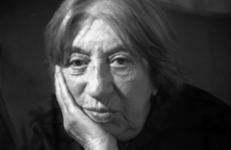
At nineteen, Barbara Kruger (b. 1945) worked as a commercial artist designing for Conde Nast. The risky combination of contemporary art, commercial appeal and social critique runs throughout Kruger’s photography, readings, poetry, collages, and conversation. Her works uses advertising both as a foil and a format. Language and image work together, referencing the manipulations of the advertising media.
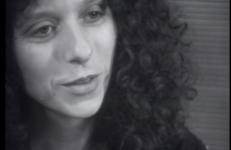
Scottish artist Thomas Lawson (b. 1951) is a painter, critic, and founding editor of REAL LIFE magazine who lives and works in Los Angeles. His paintings are tied to the particularities of the present, and he is especially critical of the art world’s infatuation with ego and creativity. His portraits, appropriated from the print media, represent an intervention in that vein.
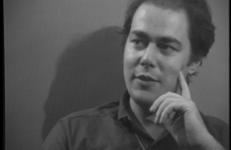
American, minimalist painter Sol Lewitt (1928-2007) used the grid as a foundation for his many artworks. Seeing himself in the role of architect or composer, Lewitt was most concerned with the concept behind the piece rather than the final product. His geometrical compositions stripped away extraneous information and presented the bare essentials.
